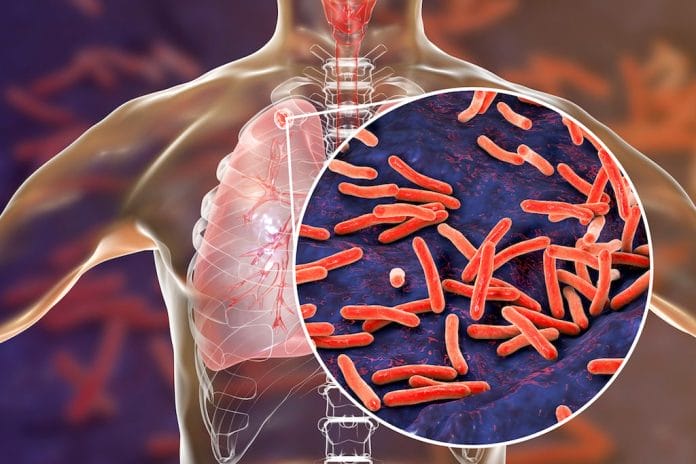By Dr Sapna Shridhar Patil, Dr Ameya Ashok Hasamnis, and Professor Dr Wee Lei Hum
Tuberculosis (TB) remains a significant global health challenge, with an estimated 10.6 million people falling ill and 1.3 million people dying from the disease in 2022 alone, making it the second largest infectious disease killer after COVID-19. In 2023, TB cases in Malaysia were recorded at 26,781 cases, a five percent increase from the previous year.
Despite being preventable and curable, TB has remained a leading cause of death from infectious diseases for decades and the 2022 numbers were the highest since the World Health Organization (WHO) began global monitoring in 1995, and above the pre-COVID baseline.
However, after two years of the COVID-19 pandemic-related disruptions, there has also been a major global recovery in the number of people diagnosed with TB and treated in 2022. These figures likely suggest a sizeable backlog of people who developed TB in previous years, but whose diagnosis and treatment was delayed due to COVID-19 that affected access to and provision of health services.
The bacteria causing TB spread through tiny droplets released from the nose and mouth into the air during sneezing, coughing, or talking. When inhaled, the bacteria enter the lungs, producing symptoms like persistent coughing, fever, chills, night sweats, weight loss, lack of appetite, fatigue, and coughing blood.
The disease thrives in crowded environments and typically affects the lungs (pulmonary TB) but it can also affect other sites (extrapulmonary TB).
People at high risk for developing the TB disease fall under two categories:
- Those who get infected due to close contact with someone who has active tuberculosis, such as living under one roof with the infected person or caring for a patient diagnosed with TB, immigrants who have migrated from countries with high rates of TB, or groups with high rates of TB transmission, such as homeless persons or injection drug users.
- Those with weakened immune systems such as people living with HIV/AIDS, those with diabetes, chronic kidney disease, chronic lung conditions, smokers and even the elderly.
To treat a person diagnosed with TB, a combination of four to five different antibiotics, known as anti-TB drugs, is recommended for at least six months. With the appropriate treatment taken for the suggested duration, the condition is entirely curable.
However, it is crucial to follow the treatment advice provided by the doctor. Regular follow-up to check the progress is also vital to ensure that the treatment is working.
It is important to complete the recommended treatment to prevent drug resistance, wherein the bacteria no longer respond to either one or more drugs. Treatment options then become limited and expensive, and patients experience many adverse effects from the drugs.
In Malaysia, the National TB Control Programme and the National Strategic Plan align with the WHO targets to combat TB, reflecting the country’s commitment to ending the disease, supported by three key pillars.
The first pillar emphasises integrated, patient-centred care and prevention, including early case detection, and successful implementation of the BCG vaccination programme. Screening high-risk populations, like prison inmates and substance abuse victims is an important strategy in early detection, even in asymptomatic individuals, enabling timely intervention.
The second pillar extends beyond healthcare, promoting government stewardship and accountability, ensuring quality-assured anti-TB drug supply, and reducing treatment costs to alleviate patient burden.
Lastly, the third pillar focuses on research and innovation to improve detection, treatment, and control, focusing on developing new drugs and vaccines.
Community initiatives have already caused remarkable shifts in the fight against TB, yet individual awareness of preventative methods remains vital. Methods such as practising hand hygiene, proper cough etiquette and wearing masks in crowded places are essential.
Quitting smoking, maintaining a balanced diet to strengthen the immune system, and avoiding close contact with active TB cases can greatly reduce risks. Anyone who shows symptoms of TB must consult a doctor immediately.
Challenges in addressing TB, including disrupted access to diagnosis and treatment, call for continuous strengthening of current policies and health systems. Aligning national TB response with regional and global strategies is imperative for effective management. In Malaysia, TB initiatives not only contribute to ending the disease, but also to bolster Primary Health Care, achieving universal health coverage and advancing the UN Sustainable Development Goals.
Authors are academics at the School of Medicine, Faculty of Health and Medical Sciences at Taylor’s University









